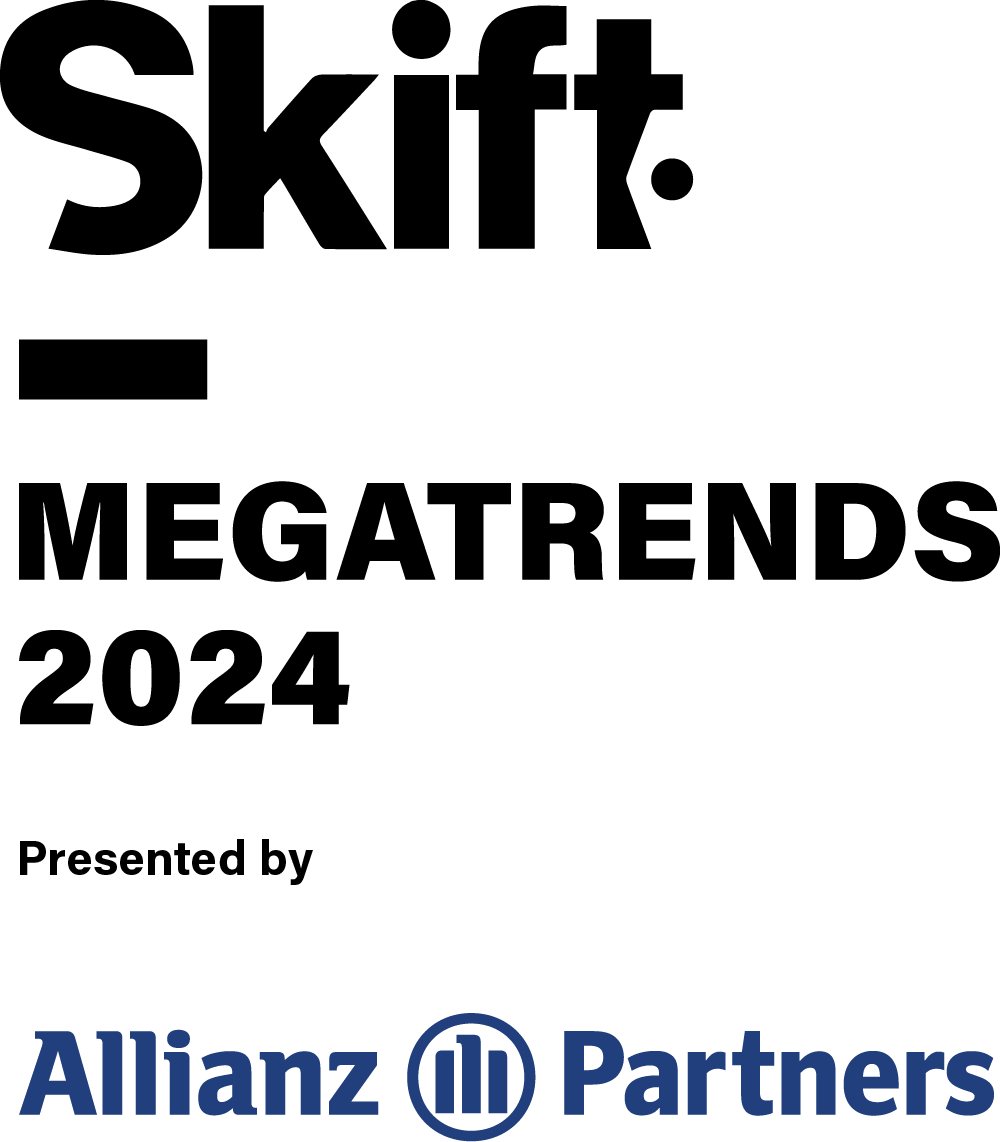Demand for air travel is back. By September, according to the International Air Transport Association (IATA), worldwide traffic levels had reached 97% of what they were in 2019, before the Covid crisis. A reason to celebrate?
Not really. The fact is, airline demand would be higher were it not for severe supply-side bottlenecks that leads to higher fares, fewer flight options, and yes, fewer people flying.
Entering 2024, there is still a major shortage of just about everything: planes, parts, engines, pilots, and infrastructure. And it’s likely to extend beyond 2024.

We Need Planes, Pronto
Consider this: As recently as 2018, according to Air Lease Corp. (ALC), Airbus and Boeing delivered more than 1,600 airplanes. Last year, they delivered just over 1,100.
Aircraft production was already depressed in 2019 due to the twin Boeing 737 Max fatalities that left the plane grounded. The pandemic then forced both big manufacturers to sharply curtail output. As travel demand recovered—more quickly than many airlines expected—Airbus and Boeing were slow to respond, limited by shortages of workers and materials. Inflation, the Russia-Ukraine war, and tight labor markets compounded the problem. Even when Airbus and Boeing themselves were fully staffed, their suppliers often weren’t.
Things did improve somewhat in 2023. But as Airbus said during its earnings call in October, “While the situation is progressively getting better, our needs for material and components keep increasing as we continue to ramp up. So, we expect the supply chain to remain challenging for a while.”
In the meantime, new orders came flooding in, from the likes of Air India, United, IndiGo, Saudia, Ryanair, Air France/KLM, Turkish Airlines, and many others. During its earnings call, Boeing described demand for commercial airplanes as “incredibly robust.” Both producers are largely sold out of leading models through the end of the decade.
Making matters worse, the Federal Aviation Administration, itself battling staff shortages and a lengthy vacancy in its leadership, has yet to certify Boeing’s Max 7, Max 10, and 777-X. The recent Alaska Airlines incident involving a Max 9 doesn’t help.
Now We Need Engines, Too
An even bigger problem: The availability of engines. Most problematic of all is Pratt & Whitney’s need to re-inspect its geared turbofan (GTF) engines, found on A320 Neos, A220s, and E2-Ejets.
Pratt’s parent company RTX estimates that over the coming three years, roughly 8% to 9% of all Neos will be grounded for inspection. For GTF operators like IndiGo, Wizz Air, JetBlue, Spirit Airlines, Cebu Pacific, and many others, the inspections are highly disruptive.
Senior Pilots Left During the Pandemic
With aircraft supply so tight, one would expect airlines to be flying whatever planes they have as much as possible. Many however have struggled with a shortage of pilots. They have enough pilot recruits, but are missing a sufficient supply of pilot captains, which can’t be created overnight.
Many senior pilots — not to mention senior mechanics, flight attendants, managers, and so on — left the industry during the pandemic, in some cases accepting buyout packages from carriers eager to downsize. With so many airlines scrambling to train new pilots, a shortage of training facilities and simulators became a challenge. The same is true for maintenance facilities too, given all the engine inspection work required.
But that’s not all. A severe shortage of air-traffic controllers has forced some airlines to cut schedules significantly; the FAA this spring estimated the shortage to number about 3,000. Nowhere is this more relevant than in New York City, the world’s second largest airline market after London.
Florida’s air-traffic control facilities have also struggled to keep up with demand, leading carriers to fly fewer flights than they’d like. In Europe meanwhile, the Netherlands is making headlines for wanting to reduce the number of flights at Amsterdam’s airport (to cut noise and carbon emissions). Farther east, the Ukraine war closed off Russian airspace to many carriers, creating longer journeys to Asia. That means more aircraft time for the same journeys, further stressing capacity.
Is there any silver lining to this multi-year supply side crunch? For airlines, it does mean higher airfares as growing demand pushes up against constrained capacity. Many carriers reported strong profits last year in part thanks to rising average fares.
Another side effect of the aircraft and labor shortage is a dearth of new airline startups to challenge the incumbents. It’s simply not an easy time for a newcomer to find planes and people, at attractive prices anyway. On the other hand, incumbent airlines are paying more for their labor and their planes because of the shortages. At times during the past two years, they’ve even suffered from periodic shortages of oil refining capacity, further pressuring costs.
Inevitably, given the history of the business, airlines will at some point once again confront the problem of oversupply. For the foreseeable future however, barring another demand shock, it looks like undersupply is here to stay.
Discover all of the Skift Megatrends 2024, as well as listen to related podcasts and view sessions from our New York City event.




